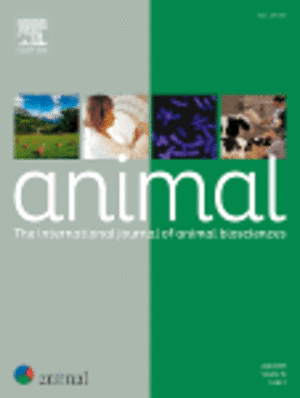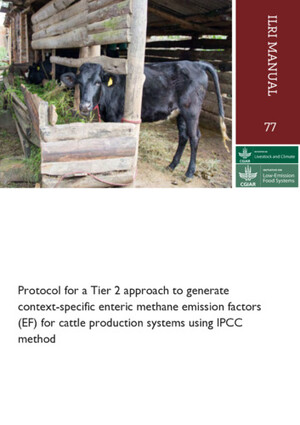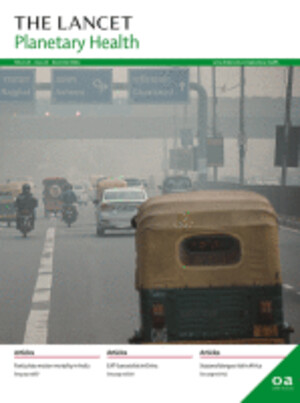
“It will be a desert”: Extreme weather and the effects of climate catastrophe on vulnerable riparian spaces in Nairobi, Kenya
Abstract
Urban riparian spaces are notoriously vulnerable, and pressure on water resources is growing. In the context of a fast-growing urban population and a lack of state-level structures and services to deal with water and sanitation, these spaces—including both land and water—are rapidly being degraded. Ongata Rongai, a satellite town in the Nairobi Metropolitan Area, is one of these spaces. Traditional livelihoods exist cheek-by-jowl with modern life; livestock are watered at the rivers, lions frequent the riverbanks, large commercial farms extract water for crops, industrial factories release heavy metal contaminants into the rivers, and rapidly constructed poor-quality apartment blocks with no provision for human waste release untreated sewage and dump trash into the rivers. Compounding these anthropogenic impacts is that of climate change. Riparian spaces have become sites where humans and animals fight for access to water and riparian space, and rain becomes less reliable or frequent, yet at other times, these spaces experience flash flooding and catastrophic water levels leading to the destruction of land. This study explores the dynamics of a rapidly changing riparian environment which finds itself dominated by urbanity, under the increasing pressure of anthropogenic climate change using a One Health perspective. This study contributes much needed human voices to a growing body of literature led by indigenous Kenyan scholars, calling for urgent structural level action to conserve urban riparian zones for the benefit of human and non-human actors.
Citation
Howland, O. 2024. “It will be a desert”: Extreme weather and the effects of climate catastrophe on vulnerable riparian spaces in Nairobi, Kenya. Land 13(7): 913.










